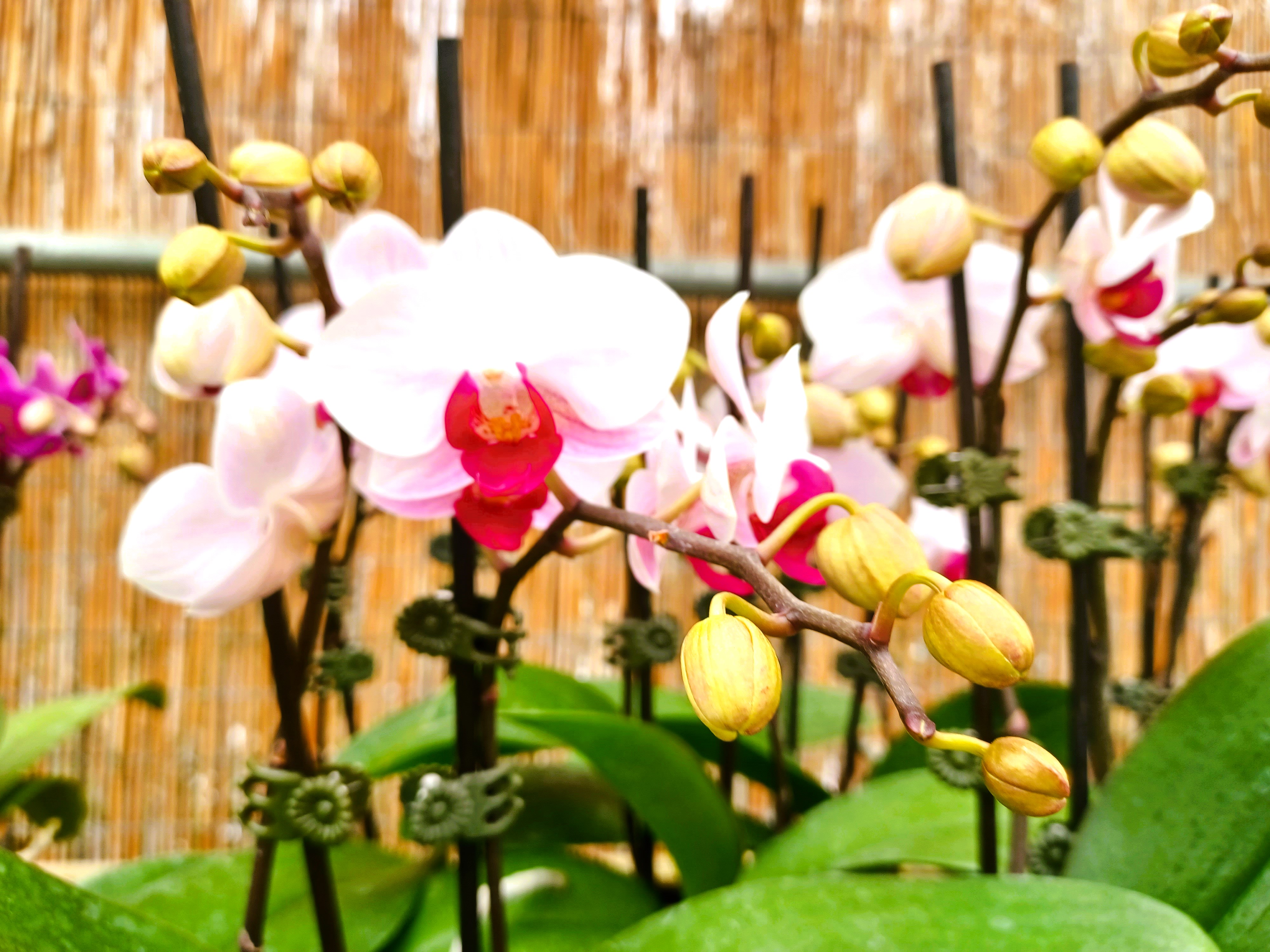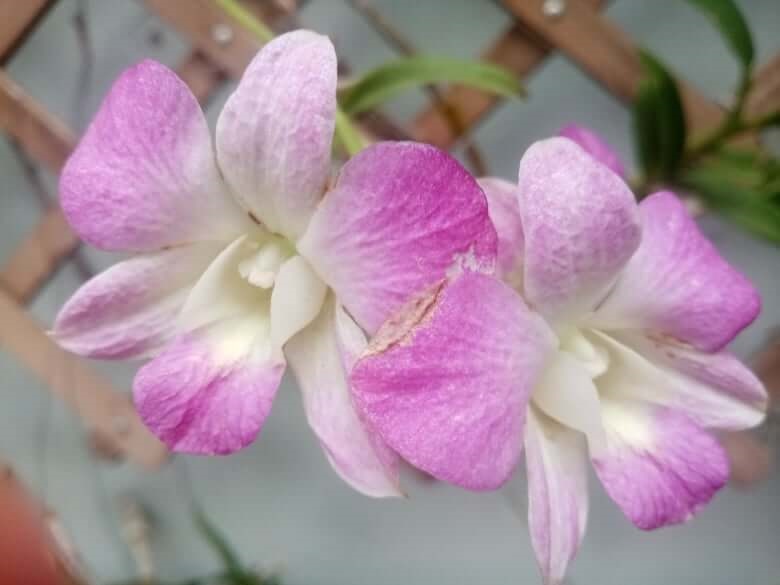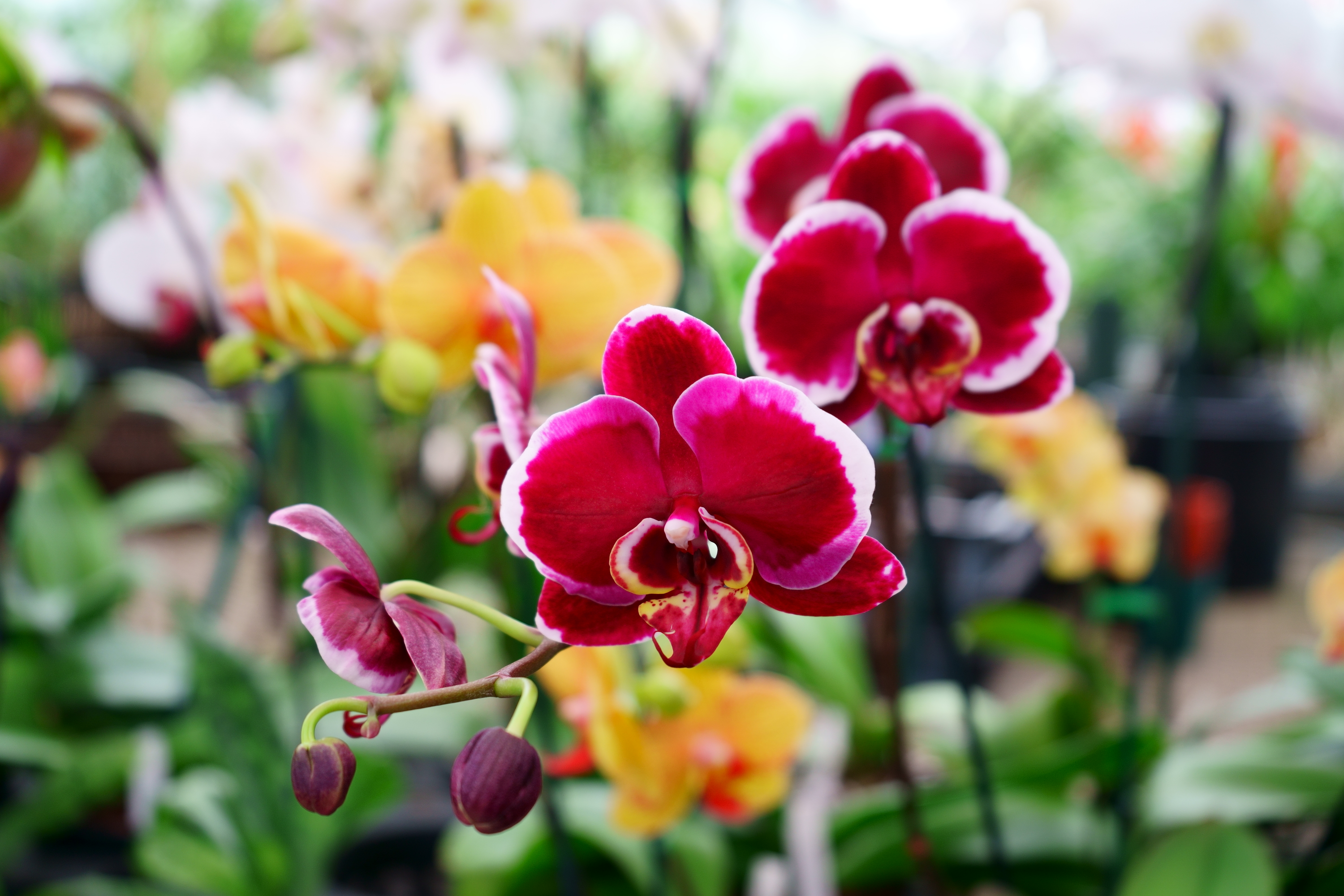Do Orchids Rebloom?
A common question from new orchid growers is: do orchids rebloom? The answer is yes, orchids can and do rebloom, but there are certain criteria that need to be met in order to accomplish this. Orchids are beautiful and quite hardy plants but they require special care and attention to rebloom. In this article, we will provide you with a guide on how to get your orchids to rebloom.
Different types of orchids have varying flowering seasons. While some orchids bloom once a year, others can produce multiple flowering seasons. Understanding when your orchid blooms is important in ensuring that you care for it properly to encourage reblooming. For instance, Phalaenopsis orchids tend to bloom in the winter or spring, while Vanda orchids bloom in the summertime. It is important to know your orchid's flowering season so as to know when to change your fertilizing schedule. During and just slightly prior to the flowering season we change the fertilizer formula to one that is lower in nitrogen and higher in phosphorus and potassium.
Proper care of orchids involves providing the right conditions for growth, including lighting, temperature, humidity, watering, and fertilization. For instance, most orchids require bright, indirect light, but certain genus and species have specific light level requirements. Masdevallias, Miltoniopsis, Phalaenopsis, and some Paphiopedilums perform well in low light to bright shade conditions. Brassias, Cattleyas, Miltonias and Oncidiums prefer brighter indirect light conditions and Brassavolas, some Cattleyas and Vanda's do best in very bright light conditions. Other factors such as temperature, humidity, and watering frequency also depend on the orchid's species.
To encourage orchids to rebloom, proper fertilization is crucial. Orchids require a balanced orchid fertilizer during normal growth and a flowering blend of high-phosphorus, high potassium, low nitrogen fertilizer during the flower spike production and flowering phase.

Determine The Type of Orchid
There are many types of orchids including Phalaenopsis, Paphiopedilum, Miltoniopsis, Masdevallia, Oncidium, Brassia, Dendrobium, Cattleya, Vanda and they all have different requirements. Understanding the type of orchid you have is crucial to ensure that you provide the right care. Some orchids bloom annually, while others bloom once every few years, some require more light or water. Research the type of orchid you have and learn about its blooming season and orchid care requirement.
Provide the right growing conditions
Orchids need the right growing conditions to bloom. These include the right temperature, humidity, and light. Orchids love temperatures between 70°-90° Fahrenheit during the day and between 50°-70° Fahrenheit during the night. They also require high humidity levels between 40% and 70%. If the air is too dry, orchids may not bloom, placing a vase of water or a humidifier in your orchid growing room will solve this issue. Additionally, orchids require plenty of indirect sunlight. Be careful not to expose your orchids to direct sunlight as it can cause them to sunburn. Supplementing with artificial light can be beneficial for all orchids
Provide Proper Watering and Fertilization
Proper fertilization is crucial for the proper growth of orchids. In answer to the question of do orchids rebloom, the terms watering and fertilizing are often used synonymously as one typically waters and fertilizes at the same time with a water-soluble fertilizer. Orchids require essential nutrients to bloom. If your orchids are not blooming, one reason could be due to a lack of proper nutrition. Use a high-quality orchid fertilizer and follow the instructions carefully. Overfertilization can damage your orchids and cause them to wilt or die.
Prune the orchid
In certain cases, pruning your orchid can help stimulate reblooming. Remove any dead or withered flowers and cut any overgrown stems to encourage new growth. Be careful not to cut any healthy stems or leave
Monitor for pests and diseases
Pests and diseases can harm your orchids and prevent them from reblooming. Regularly inspect your orchids for any signs of pests or diseases. If you notice anything unusual, take immediate action to prevent further damage.
Do Orchids Rebloom: Genus
Phalaenopsis
Do orchids rebloom? Yes, absolutely! One species of orchid that's particularly beginner-friendly is the Phalaenopsis, also known as Moth Orchid. These orchids typically bloom once a year, in either winter or spring, and can produce up to three flowering spikes at a time. The resulting flowers are both large and breathtaking, coming in an array of colors and patterns that can last for several months before fading away. For more detailed care instructions, be sure to check out our guide on how to care for orchids after blooming.
In order to encourage flowering in Phalaenopsis orchids, they require indirect sunlight, moderately humid conditions, warm temperatures during the day, and cooler temperatures at night. One often-overlooked factor in getting your Phalaenopsis to rebloom is temperature. If you've had trouble getting your orchids to rebloom in the past, this is a leading cause to consider. These orchids thrive best when nighttime temperatures drop to the low to mid-fifty degrees Fahrenheit (11 to 15 degrees Celsius) just before the start of the flowering season. While there may be other variables like fertilization and lighting that can play a role in flowering, prioritizing the right growing environment and controlling nighttime temperatures is key to Phalaenopsis success.
When it comes to watering and fertilizing Phalaenopsis orchids, a tried-and-true method is to use a weak solution of fertilizer on a weekly basis with a special blend of high-phosphorus, high-potassium, and low-nitrogen fertilizer during their flowering phase. By staying consistent with these care techniques, you can help ensure that your Phalaenopsis orchids rebloom time and time again.
Vanda
Some may wonder if orchids, specifically the beautiful Vanda genus, can grow back. The answer lies in the type of care they receive, as Vanda orchids require bright light and high humidity to thrive. When it comes to getting them to rebloom, light is a crucial factor. These orchids prefer to be placed in a well-ventilated area that receives bright but indirect sunlight. Weekly watering and a nutrient-rich fertilizer high in potassium and phosphorus also encourage Vanda orchids to flower. Reducing watering frequency during cooler months and increasing it during warmer months can help stimulate blooming.
Dendrobium
For those seeking an orchid that flowers all year long, the Dendrobium may be a top pick, blooming up to three times a year. This diverse group of orchids has varying growing conditions depending on their species. Dendrobium orchids flourish in bright, indirect light and benefit from the addition of flowering fertilizer in their growing medium. Frequent watering is recommended, but allowing the orchids to dry out between waterings is essential for optimal growth. These orchids prefer cooler temperatures ranging from 65 to 75 degrees Fahrenheit (18 to 24 degrees Celsius) and thrive in high humidity. The unique elongated canes grow vertically, producing small yet colorful flowers.
Cymbidium
Cymbidium The Cymbidium orchid is a winter bloomer, but it can also flower during the summer, producing large, long-lasting blooms. Once the flowers fade, trimming the stem down to about an inch above the plant's base stimulates new growth and future blooms.
Cattleyas
Known for their striking, large flowers, Cattleyas orchids require specific growing conditions to bloom. Direct sunlight for at least four hours a day (early morning and late afternoon), warm temperatures, and moderate humidity are essential. Supplementing with artificial light can be useful if an ideal location cannot be found. Watering the orchids once a week and using a potassium and phosphorus-rich fertilizer during flowering season encourages blooming. Cooler months should be a rest period where the orchids receive less water and fertilizer to stimulate future flowering.
Oncidium
A diverse group of orchids that come in various shapes, sizes, and colors, the Oncidium requires indirect sunlight, moderate humidity, and warm temperatures to bloom successfully. Watering the orchids weekly and using a balanced fertilizer encourages flowering. Additionally, a dry rest period during the fall and winter stimulates blooming.
In conclusion, the answer to the question do orchids rebloom is yes, but it requires proper care and attention. Determine the type of orchid you have, provide the right growing conditions, fertilize correctly, prune the plant, provide a rest period, and monitor for pests and diseases. With patience and care, you can enjoy beautiful and vibrant blooms from your orchids for years to come.


